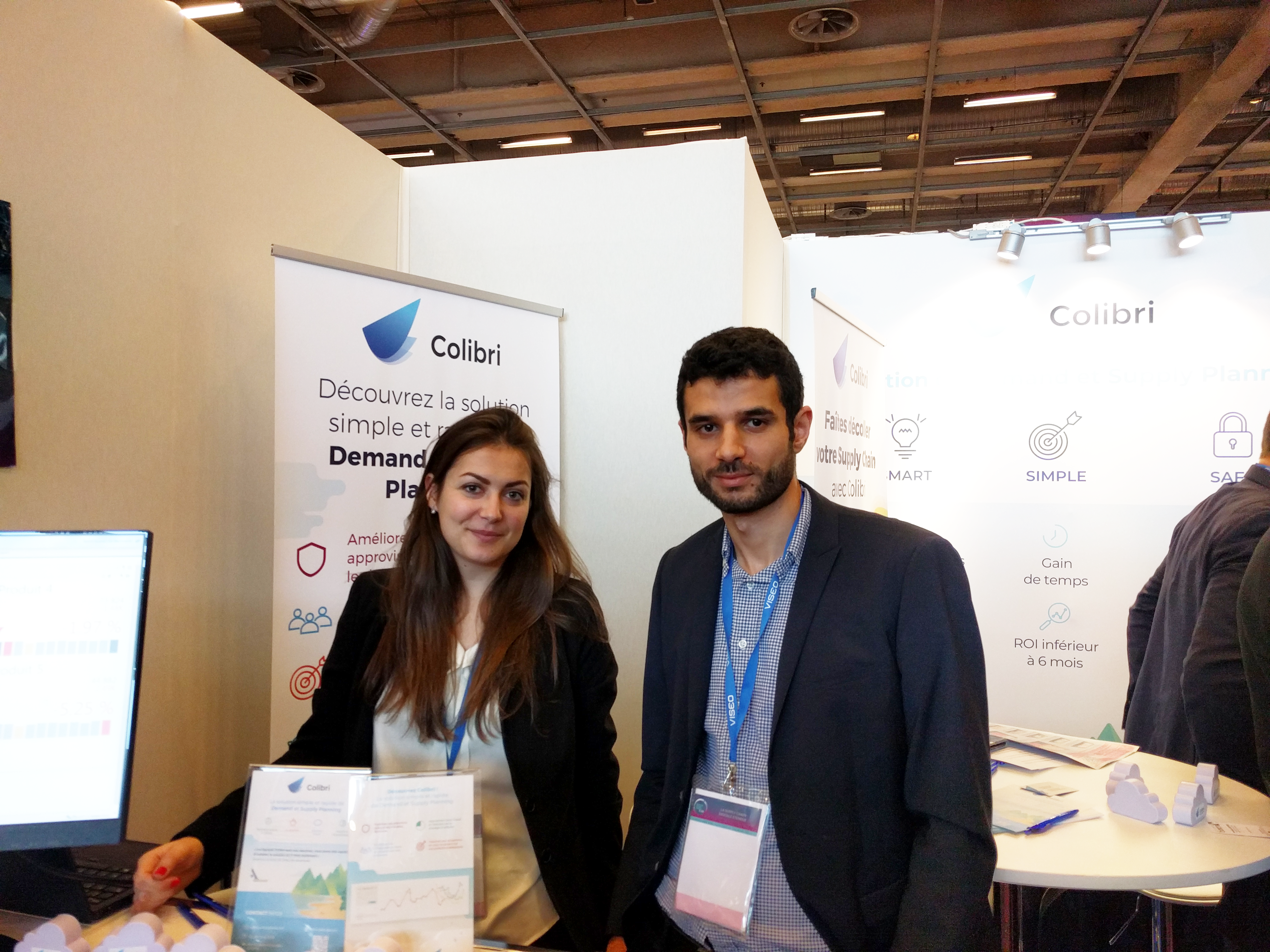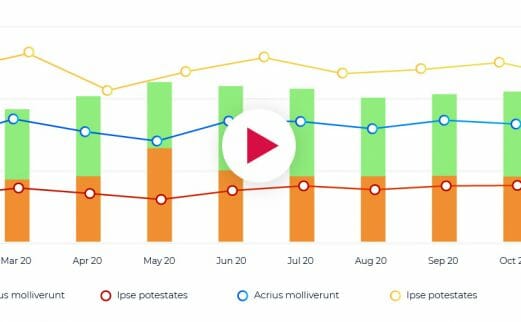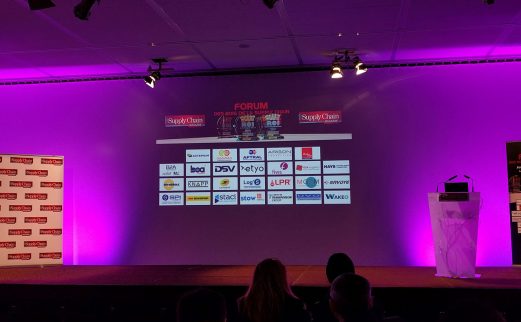This 7th edition of the Supply Chain Event was a great success with more than 15% participation compared to 2017 and testifies of the sector’s good health.
The logistics of tomorrow has begun its process of global digitization. Today, more than thinking from scratch about the structures and methodologies that will accommodate this digitalization, it is a question of strengthening them, of putting them to the test of time and use.
The Supply Chain market is by definition neither wait-and-see nor crisis-prone because it is essential for companies, but they must know how to equip themselves with the right solutions and the right frameworks to be able to stand out in a global competition that is growing stronger every day, especially in the shadow of the retail giants.
Supporting digitization
What emerges from this seventh edition is the importance of sales forecasts as an entry point into the Supply Chain process. Many companies realize the importance of properly managing their sales forecasts in order to deal with uncertainty and improve efficiency. Discover the Schneider Electric case to learn more.
Among the many logistics challenges, the optimization of storage warehouses is also preeminent. “Warehouses are becoming larger and more complex to manage, with multiple operations and different tasks,” says Signature Logistic’s manager. Our company manufactures custom-made splitting furniture and brings its expertise in the realization of a solution adapted to the characteristics of your picking. »
Indeed, the global collection followed by the splitting is a picking method that allows to optimize the preparation of orders. The aim is to massify the picking during a tour and then to reconstitute the orders by distributing the items in a bursting cabinet, guided by put to light solutions that allow a function to be identified at a glance.
Hyper locality and coordinated maintenance
We must move towards hyper locality to distinguish ourselves from the giants of distribution: this is what we hear all over the aisles of the show, and on which new start-ups are developing. The Belgian company Urbantz, for example, offers to focus its efforts on the last kilometer of delivery. This is a real “last mile logistics” solution that will try to coordinate all the elements necessary for an optimized delivery on the last stages of the journey.
Human capital and change management
“Digitization raises many questions, particularly about the implementation of solutions. Supply Chain and logistics tend to become more and more industrial, more and more connected, with equipment that is more and more complex to manage and maintain. We can now draw a parallel between asset management in industrials and logistics environments,” says Henri Thiercelin, Senior Manager at KPMG.
Indeed, KPMG and L’Usine Nouvelle have established a new barometer of industrial transformation: this year the lesson is to see that the availability of assets appears in the major concerns of companies. Similarly, maintenance appears, along with production, as one of the functions to be integrated as a priority. Today, a factory and a logistics warehouse are increasingly similar and share a large number of functionalities: mechanization, co-utilization, building structure, etc. The major recent developments in the industrial park have a strong impact on maintenance, which is why it is necessary to turn to a policy of convergence of knowledge and techniques.
The Supply Chain is currently in a phase of consolidation of its achievements in terms of digitalization and seems to consider disruption with a rather critical eye, still considering it as part of sleeve effects that do not match the contingencies of reality.
“Today, more than ever embracing the 4th Industrial Revolution, we must ensure the efficiency of human capital in terms of training and change skills,” says Henri Thiercelin.






